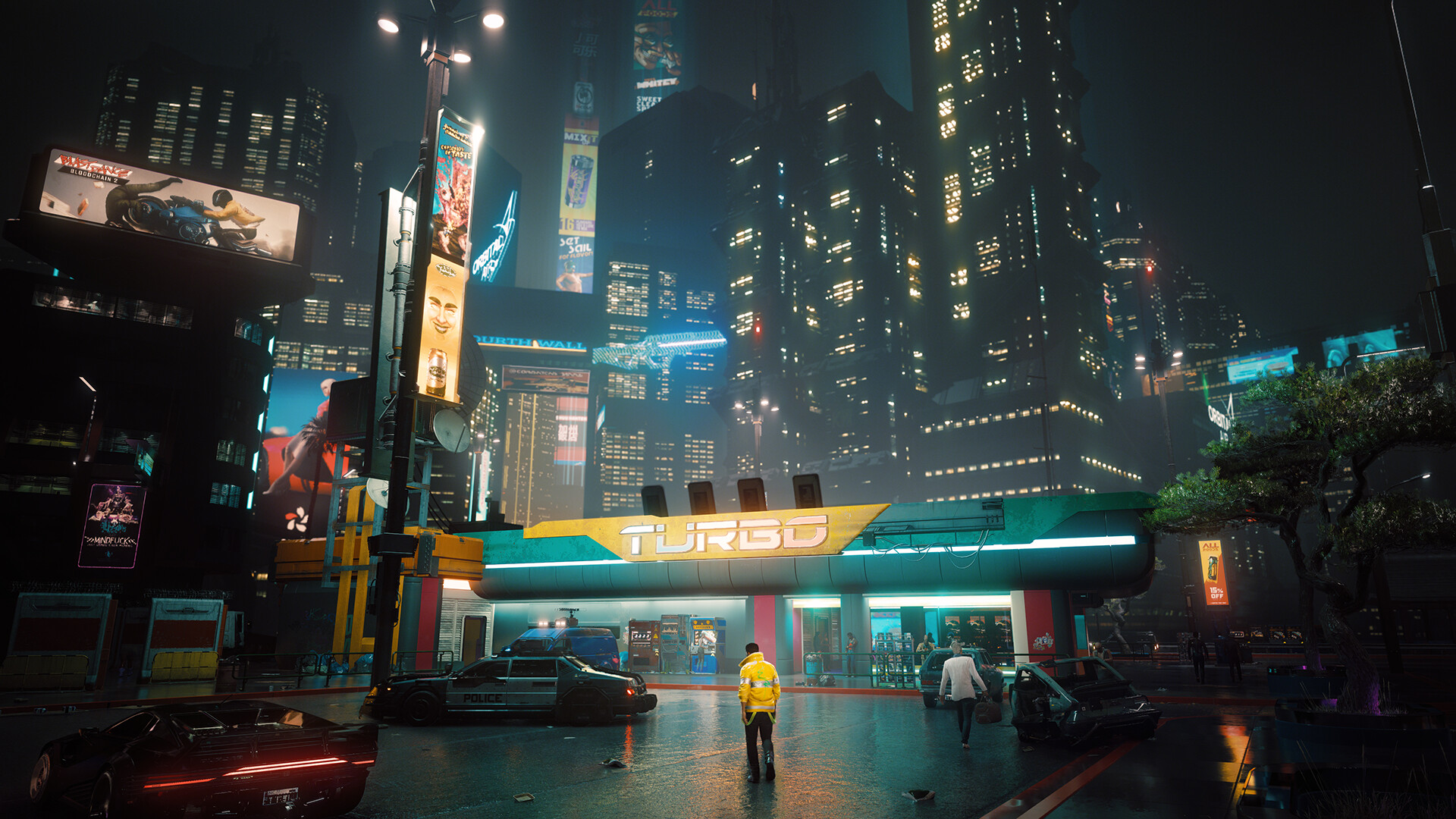The Truth Behind Controversial AAA Game News Stories
The world of AAA video games is a high-stakes arena where creativity, commerce, and culture collide. With development budgets often exceeding hundreds of millions of dollars and marketing campaigns that rival Hollywood blockbusters, the pressure to deliver a hit is immense. Yet, alongside the glittering trailers and hyped-up releases, there is a parallel narrative: the controversial news stories that frequently dominate headlines. From accusations of "crunch" culture to allegations of misleading marketing, these controversies often reveal deeper truths about the industry's inner workings, the relationship between developers and players, and the ethical challenges of modern game production.
The Illusion of the "Gameplay Demo"
One of the most common sources of controversy in the AAA space is the "gameplay demo" presented at major events like E3 or Gamescom. These previews are meticulously crafted to generate excitement, but they are not always representative of the final product. A classic example is the 2018 Anthem demo, which showcased fluid combat, stunning visuals, and seamless open-world exploration. Upon release, however, players encountered a game riddled with technical issues, repetitive content, and design flaws that contradicted the promised experience.
The truth behind such demos is that they are often built separately from the main game, sometimes by dedicated "vertical slice" teams. These segments are optimized to run perfectly on specific hardware and may include features that are later cut or simplified due to time or technical constraints. While not inherently deceptive, this practice creates a gap between expectation and reality. Developers are caught between marketing demands and the unpredictable nature of game development, where deadlines and scope changes can drastically alter a project.
"Crunch Culture": The Human Cost of Blockbuster Games
Perhaps the most persistent and damaging controversy surrounds "crunch" — prolonged periods of mandatory overtime that lead to exhausting working conditions. Reports from studios like Rockstar Games, CD Projekt Red, and Naughty Dog have exposed the human cost of creating ambitious AAA titles. During the development of Red Dead Redemption 2, for instance, employees worked 100-hour weeks, leading to widespread burnout and personal strain.
The truth behind crunch is multifaceted. On one hand, it stems from unrealistic project timelines, feature creep, and the immense technical complexity of modern games. On the other, it reflects a structural issue within the industry, where passion for game creation is often exploited. Many developers tolerate crunch because they believe in the project or fear job insecurity. However, growing unionization efforts and public scrutiny are slowly forcing studios to reconsider their practices. The controversy isn’t just about overtime; it’s about sustainability and respect for the people who bring these virtual worlds to life.
Microtransactions and the "Games as a Service" Model
The rise of live-service games has introduced another layer of controversy: microtransactions. While games like Fortnite have been praised for their free-to-play model and cosmetic-only purchases, others like Star Wars Battlefront II (2017) faced massive backlash for implementing pay-to-win mechanics. The initial version of the game allowed players to purchase loot boxes containing gameplay advantages, creating an unbalanced experience that favored paying customers.
The truth behind this model is economic. AAA games now cost so much to produce that $60 retail prices are often insufficient to turn a profit. Publishers rely on post-launch revenue streams like season passes, cosmetics, and battle passes to sustain development and generate returns. However, when implemented poorly, these systems can feel predatory, alienating players and undermining the artistic integrity of the game. The controversy highlights a tension between artistic vision and commercial reality — one that continues to evolve as players become more vocal about fair monetization.
The Hype Machine and Review Ethics
The relationship between game publishers and media outlets is another area fraught with controversy. Embargoes, exclusive previews, and restricted review copies can sometimes influence coverage. For example, Cyberpunk 2077’s problematic launch was exacerbated by the fact that reviewers were only provided PC copies and were not allowed to use their own footage ahead of release. This prevented critics from showcasing the game’s severe performance issues on base consoles.
This practice reveals a carefully managed hype machine designed to maximize pre-orders and early sales. While not all embargoes are malicious, they can be used to control narratives and suppress negative impressions. The truth is that both publishers and reviewers operate in a competitive ecosystem where access and exclusivity are valuable currencies. This dynamic challenges the integrity of games journalism and raises questions about whether critics can truly serve their audience when their access depends on publisher cooperation.

The Role of Social Media and Misinformation
In the age of social media, controversies can escalate rapidly, often fueled by misinformation or lack of context. Leaks, rumors, and out-of-context clips can shape public perception long before a game is released. For instance, The Last of Us Part II faced a massive leak that spoiled major plot points and led to widespread harassment of developers and actors. Much of the discourse was driven by misinterpretation and toxic rhetoric, overshadowing nuanced discussions about the game’s narrative choices.
The truth here is that social media amplifies both valid criticism and unfounded outrage. Developers are increasingly vulnerable to online harassment, while players sometimes struggle to separate legitimate concerns from manufactured drama. This environment makes it difficult to have constructive conversations about games and their themes, ultimately harming both creators and consumers.
Conclusion: Navigating the Gray Areas
Controversies in the AAA gaming industry are rarely black and white. They often arise from the complex interplay between artistic ambition, corporate pressure, technical challenges, and consumer expectations. While some practices are unquestionably harmful — such as exploitative crunch or deceptive advertising — many issues exist in a gray area where well-intentioned decisions lead to unintended consequences.
The key to understanding these controversies lies in looking beyond the headlines and recognizing the systemic factors at play: the economic realities of game development, the passion-driven yet often unsustainable work culture, and the evolving relationship between players and creators. As the industry continues to grow and change, so too must the conversations around it — toward greater transparency, accountability, and empathy for all involved.














